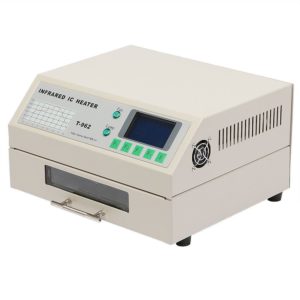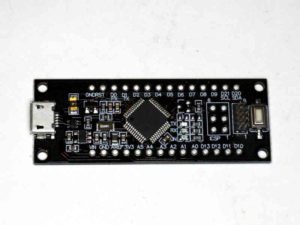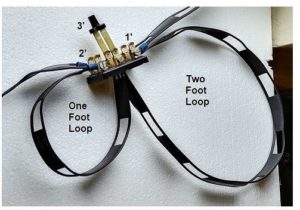I recently acquired a FA-VA5 antenna analyser.
The analyser is a low cost kit (~A$265 including high accuracy cal kit and postage), the SM components are already fitted to the PCB, but the other components like switches, display connector etc need to be fitted. Whilst these parts are hand soldered, some pins are quite close to other components and require a fine soldering tip and steady hand. It is probably an hour’s work to complete the assembly.
Above is the completed FA-VA5. As can be seen, it has just three buttons which are used to navigate a menu system and to perform data entry, both of which can be a bit tedious but that is the trade off for a simple user interface.
This article is not a wide ranging review, it is a first test on a component that it relevant to the HF ham experience, and is challenging for most analysers in common use. Continue reading A first test of the FA-VA5 antenna analyser







